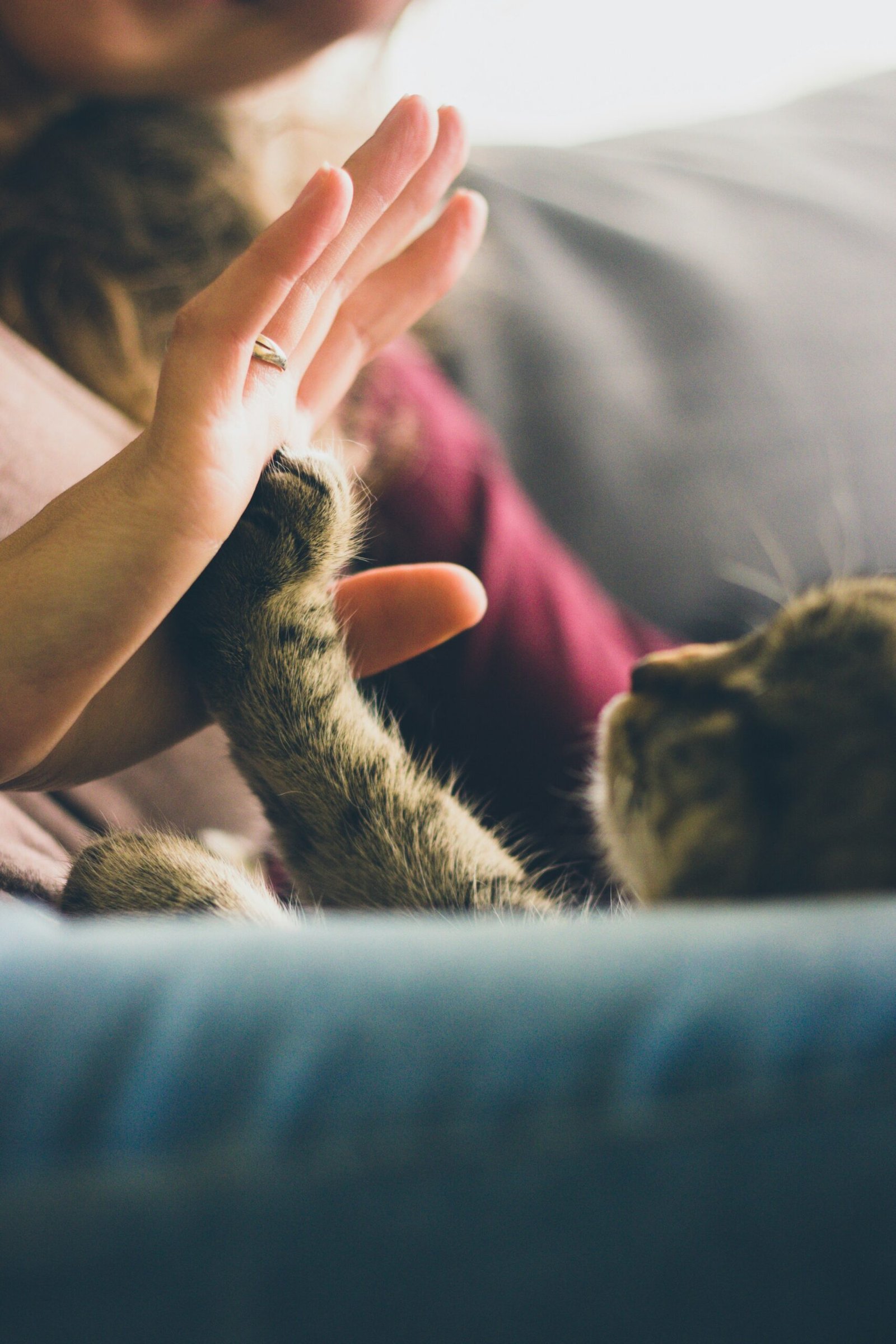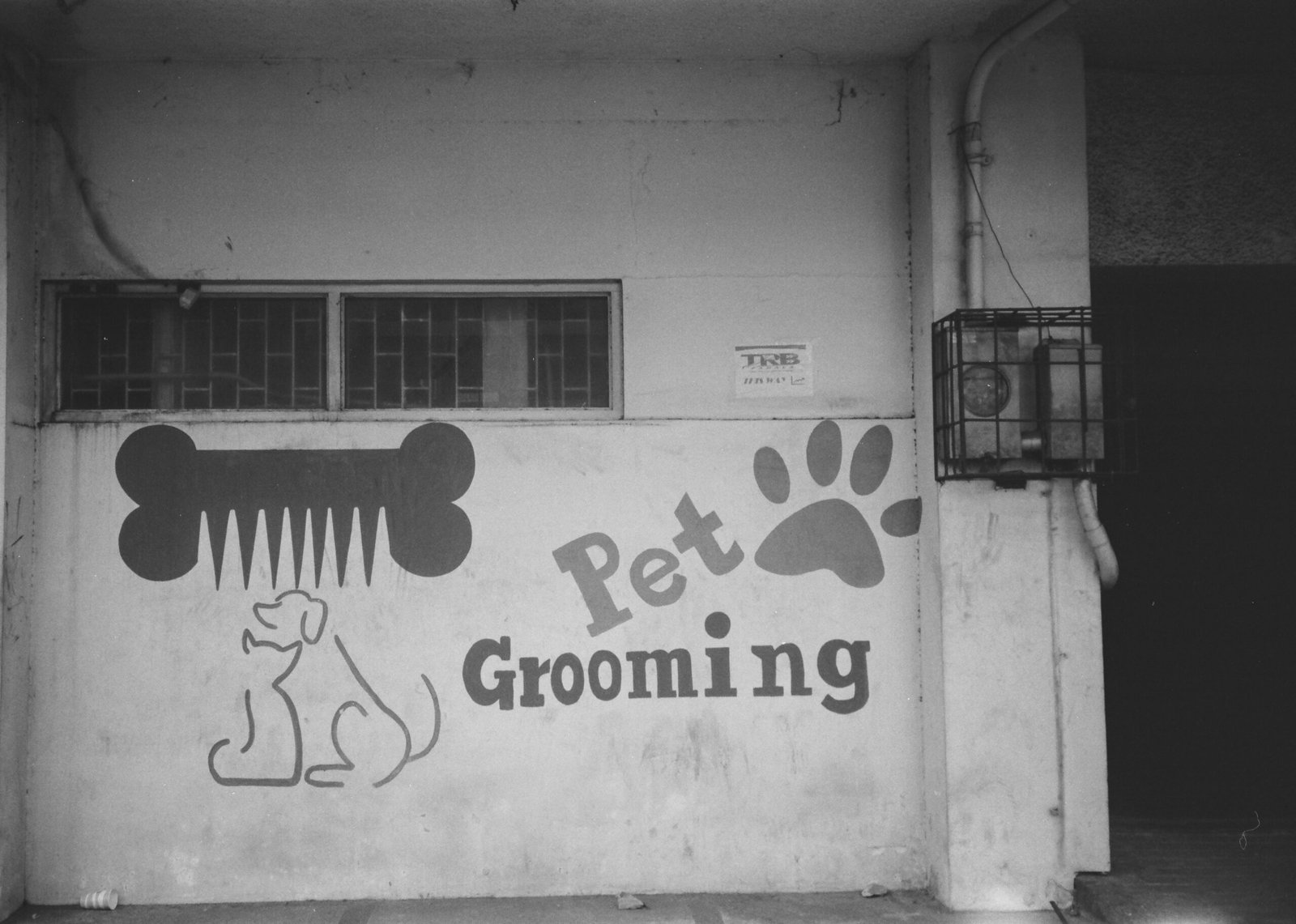The Benefits of DIY Pet Toys
The creation of DIY pet toys presents numerous advantages for both pet owners and their furry companions. Firstly, engaging in this craft can lead to significant cost savings. Store-bought pet toys can be expensive, especially for larger breeds or for those who tend to chew through toys quickly. By utilizing household items or repurposed materials, owners can provide entertaining toys without overextending their budget. This practice not only alleviates financial concerns but also encourages resourcefulness and creativity.
Customization is another significant benefit of making DIY toys. Each pet has unique preferences and play styles; therefore, personalized toys can enhance their playtime experience. For instance, a dog who enjoys tugging may benefit from a handmade rope toy, while a cat might prefer a feathered toy that mimics prey. By crafting toys that cater to specific interests, pet owners can foster a stronger bond with their pets, as the resulting toys often reflect the characteristics and habits of the animals themselves.
Moreover, the crafting process provides emotional enrichment for both the pets and their owners. As individuals dedicate time to creating a toy, they may feel more connected to their pets, sharing in the joy that the handmade toy brings. This emotional connection can enhance the overall bond and create lasting memories. Additionally, mental stimulation is vital for pets. DIY toys can be crafted to promote problem-solving skills and physical engagement, leading to better behavioral outcomes.
Lastly, the environmental impact of repurposing materials for DIY pet toys should not be overlooked. Using items that would otherwise contribute to waste is an environmentally friendly choice that benefits both the planet and pets. Overall, creating DIY pet toys offers not just savings and customization but also a deeper emotional connection and a sustainable way of engaging with our furry friends.
Essential Materials and Tools for DIY Pet Toys
Creating DIY pet toys can be a rewarding and enjoyable experience for pet owners. To begin this creative journey, it is crucial to gather the right materials and tools, ensuring not only the effectiveness of the toys but also the safety of the pets that will use them.
Household items such as old socks, cardboard, and towels can serve as excellent starting points for crafting various pet toys. For instance, an old sock filled with crumpled paper can become an enticing tug toy. Similarly, cardboard boxes and tubes can be transformed into exciting mazes or tunnels for pets to explore. However, when repurposing household materials, pet owners should ensure that there are no harmful components, such as small buttons or loose strings, that could present choking hazards.
For more specialized toys, several unique materials can be utilized. Ropes made from natural fibers, such as cotton or jute, are often durable and safe for pets to chew on. Fabrics like fleece or flannel can be used to create soft, plush toys. Furthermore, non-toxic plastics can be incorporated into designs that require a more rigid toy structure. Prioritizing pet-safe materials is paramount to prevent any harm, so always opt for products free from harmful chemicals.
In addition to materials, having the right tools is essential for successful DIY toy creation. Basic crafting tools include scissors for cutting, a sewing machine or needle and thread for stitching, and hot glue guns for adhering different components. Other helpful tools may include pliers for manipulating wires in the design of chew toys. Acquainting oneself with these tools can streamline the crafting process, making it both efficient and enjoyable.
In conclusion, understanding the essential materials and tools for DIY pet toys not only ensures safety for your furry friends but also enhances your crafting experience. By carefully selecting appropriate items, pet owners can create fun, engaging, and safe toys tailored to their pets’ needs.
Top DIY Pet Toy Ideas for Different Pets
Creating entertaining and engaging toys for your pets is a rewarding experience that fosters bonding while keeping your furry friends active. Below are some creative DIY pet toy ideas tailored for various types of pets, including dogs, cats, and small animals. Each project includes step-by-step instructions, estimated completion time, and essential materials.
1. Interactive Puzzle Toy for Dogs
This puzzle toy stimulates your dog’s mind and encourages problem-solving skills. You will need an empty plastic bottle, small treats, and a pair of scissors. Start by cutting holes in the sides of the bottle, ensuring they are large enough for treats to fall out but not so large that the treats spill easily. Fill the bottle with treats, allowing your dog to roll and shake it to access their reward. This project takes approximately 15 minutes to complete.
2. Feather Wand for Cats
A feather wand provides interactive play that promotes exercise. Materials needed include a long stick, string, and feathers. Attach one end of the string to the stick and the other end to a feather using a secure knot. This simple creation can be made in about 10 minutes. Wave the wand around to mimic prey movements, encouraging your cat to leap and chase.
3. Snuggly Plush Toy for Small Animals
Small pets enjoy comforting toys they can snuggle with. Use soft fabric or felt, stuffing, scissors, and a needle and thread. Cut two identical shapes like a heart or a teddy bear, sew them together while leaving a small opening for stuffing, then turn it inside out and fill it with soft material. Lastly, stitch the opening closed. This project typically takes about 30 minutes to complete.
By creating these DIY pet toys, you are promoting physical activity, mental stimulation, and emotional well-being for your pets. Each toy can be adjusted according to individual preferences and safety needs, ensuring a tailored play experience for different furry companions.
Fun Activities to Engage Your Pets Beyond Toys
Engaging your furry friends in various activities beyond toys is essential for their physical and mental well-being. Interactive games provide a fantastic opportunity for bonding while simultaneously stimulating their minds. For instance, a classic game of fetch not only allows your pet to exercise, but also encourages retrieval skills. You can enhance this experience by incorporating challenges, such as throwing the toy in varied directions or using different surfaces. These changes will keep your pet excited and eager to participate.
Outdoor adventures are another excellent way to engage your pets. Taking your dog for hikes or nature walks not only provides valuable exercise but also exposes them to new smells and sights. Additionally, organizing playdates with other dogs can introduce socialization opportunities that are critical for developing good behavior. Cats, too, can enjoy outdoor exploration in a safe environment, such as a securely enclosed garden, or by using a leash and harness. This enables them to experience the great outdoors while ensuring their safety.
For those quieter days at home, consider enrichment activities such as hide-and-seek. This interactive game not only provides physical exercise but also enhances your pet’s problem-solving skills. You can hide treats or toys around the house and encourage your pet to find them. Training sessions serve a dual purpose: they reinforce good behavior and provide mental stimulation. Consider incorporating basic commands, tricks, or agility exercises into your routine, as they can promote cognitive development and strong companionship.
In conclusion, engaging in diverse activities with your pets, whether through interactive games, outdoor adventures, or home-based enrichment, is crucial for their happiness and health. Prioritizing regular interaction and exercise fosters joy and companionship, ultimately strengthening the bond between you and your furry friend.


